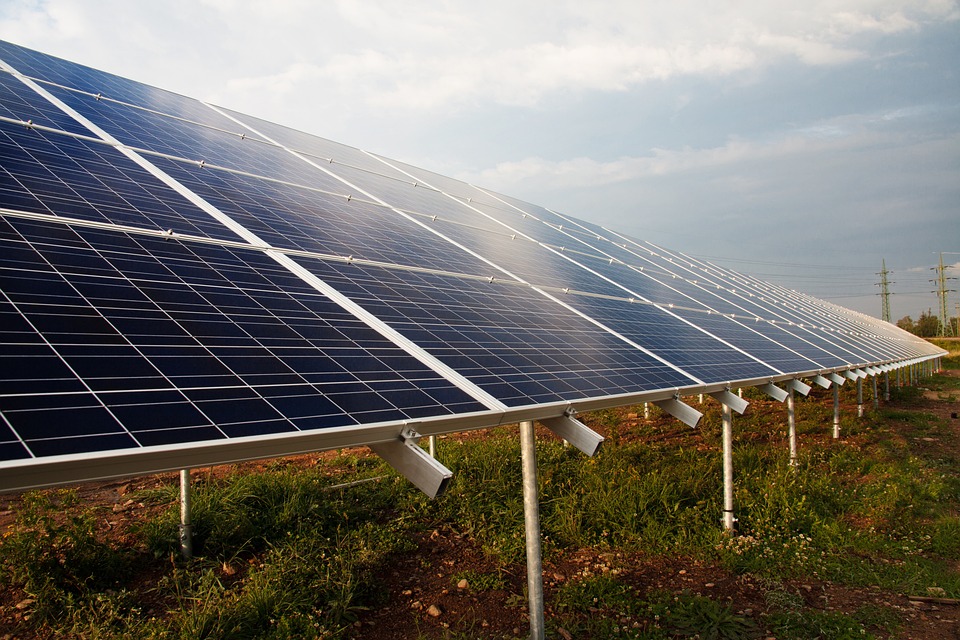How to Avoid a Climate Disaster: Key Strategies for a Sustainable Future
I. Introduction
The urgency to combat climate change has never been more pressing, with the potential for catastrophic global warming looming if significant action is not taken. Bill Gates’ book, How to Avoid a Climate Disaster, provides a roadmap for achieving net-zero emissions, emphasizing the necessity of both individual and systemic changes to address this crisis effectively.
II. The Goal: Achieving Net-Zero Emissions
– What Is Net-Zero?
Net-zero emissions refer to the balance between the greenhouse gases produced and those removed from the atmosphere. Achieving this balance is crucial for stabilizing global temperatures.
– Why Net-Zero Matters:
To limit global temperature rise to 1.5°C and avert severe climate impacts, reaching net-zero by 2050 is essential. Current emissions stand at approximately 52 billion tons per year, necessitating a drastic reduction to zero.
– Major Sources of Emissions:
The primary sectors contributing to global emissions are:
– Electricity (26%)
– Manufacturing (29%)
– Agriculture (11.6%)
– Transportation (17%)
– Buildings (11.5%)
III. Transitioning to Clean Energy
– Scaling Renewable Energy:
Expanding solar, wind, hydro, and nuclear energy is vital to replace fossil fuels in the power sector.
– Improving Energy Storage:
Advancements in battery technology and grid storage are necessary to address the intermittency of renewable energy sources.
– Investing in Grid Modernization:
A resilient energy grid is essential for integrating distributed energy resources and meeting future demand.
IV. Decarbonizing Industry
– Innovation in Manufacturing:
Developing carbon-neutral methods for producing high-emission materials like steel and cement is critical.
– Carbon Capture and Storage (CCS):
CCS technologies can capture emissions from industrial processes and store them underground.
– Scaling Clean Hydrogen:
Green hydrogen, produced from renewable energy, offers a viable alternative to fossil fuels in heavy industries.
V. Transforming Agriculture and Food Production
– Reducing Methane Emissions:
Strategies include changing livestock feed, improving waste management, and implementing crop rotation.
– Sustainable Farming Practices:
Regenerative agriculture and soil carbon sequestration can significantly lower emissions while enhancing soil health.
– Alternative Proteins:
Plant-based meats and lab-grown proteins reduce reliance on livestock, which is a major source of methane emissions.
VI. Reimagining Transportation
– Electric Vehicles (EVs):
Transitioning from gasoline and diesel vehicles to EVs is crucial, alongside expanding EV infrastructure.
– Sustainable Aviation Fuels:
Developing biofuels and synthetic fuels can help decarbonize air travel.
– Public Transit and Urban Planning:
Enhancing public transportation systems and designing walkable cities can significantly reduce car dependency.
VII. Enhancing Building Efficiency
– Green Building Materials:
Utilizing sustainable materials like recycled steel and low-carbon concrete can reduce emissions in construction.
– Improving Insulation and Efficiency:
Better insulation and energy-efficient appliances can significantly lower energy consumption in buildings.
– Electrification of Heating and Cooling:
Transitioning from fossil fuel-based heating systems to electric heat pumps is essential for reducing emissions.
VIII. Scaling Carbon Removal and Storage
– Natural Carbon Sinks:
Reforestation, wetland restoration, and ocean-based methods are vital for absorbing CO₂ from the atmosphere.
– Direct Air Capture (DAC):
DAC technologies can remove CO₂ directly from the air, offering another avenue for carbon management.
– Soil Carbon Sequestration:
Healthy soils can capture carbon through sustainable farming practices, contributing to overall emission reductions.
IX. Policy, Innovation, and Global Cooperation
– Government Policy and Regulation:
Effective policies like carbon pricing and clean energy incentives are crucial for driving down emissions.
– Investment in Climate Innovation:
Funding research and development will make clean technologies more affordable and scalable.
– International Collaboration:
Global cooperation is essential for achieving climate goals, particularly in supporting developing nations’ transitions to clean energy.
X. Personal Actions to Reduce Your Carbon Footprint
– Energy Conservation at Home:
Simple actions like using LED lights, unplugging devices, and optimizing thermostat settings can make a difference.
– Sustainable Transportation Choices:
Using public transit, biking, walking, and minimizing air travel are effective strategies for reducing personal emissions.
– Reducing Waste and Consumption:
Minimizing waste through recycling, composting, and supporting sustainable brands contributes to overall emission reductions.
XI. FAQs
– What is the most effective way to reduce global emissions?
– How much will it cost to achieve net-zero emissions?
– Is carbon capture realistic on a large scale?
– What can individuals do to help avoid a climate disaster?
– How does Bill Gates propose we decarbonize heavy industries?
– Can we still avoid the worst impacts of climate change?
XII. Conclusion
Preventing a climate disaster requires a multifaceted approach that includes transitioning to clean energy, innovating industrial processes, implementing supportive policies, and encouraging individual actions. The urgency of this challenge cannot be overstated; immediate action is necessary to protect future generations and foster a sustainable world.

Kyle Whyte is a notable scholar and professor at the University of Michigan, holding positions such as the George Willis Pack Professor in the School for Environment and Sustainability and Professor of Philosophy. Specializing in environmental justice, his work critically examines climate policy and Indigenous peoples’ ethics, emphasizing the nexus between cooperative scientific endeavors and Indigenous justice. As an enrolled Citizen Potawatomi Nation member, he brings a vital perspective to his roles as a U.S. Science Envoy and member of the White House Environmental Justice Advisory Council. His influential research is supported by various prestigious organizations including the National Science Foundation, and disseminated through publications in high-impact journals. Kyle actively contributes to global Indigenous research methodologies and education, with affiliations to numerous institutes and societies dedicated to traditional knowledge and sustainability. Recognized for his academic and community engagement, Kyle has earned multiple awards and served in various visiting professorships. His efforts extend to leadership positions on boards and committees focused on environmental justice nationwide.
